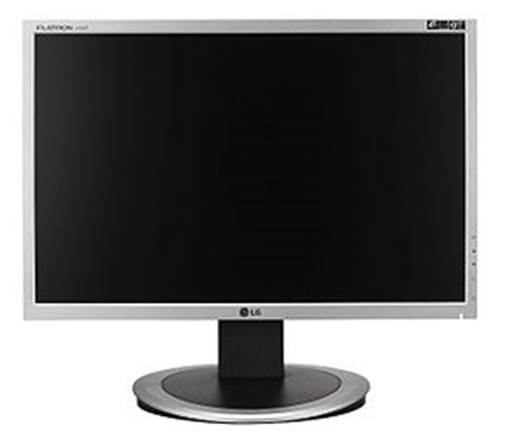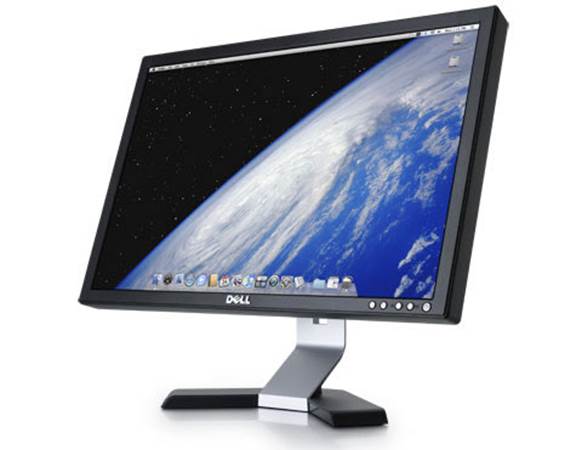It doesn’t matter how much work you need to
do or how capable your PC is, if your monitor is faltering or malfunctioning,
then nothing gets done until the window into your PC gets fixed. Most monitor
problems don’t require professional service; you can address them yourself.
Follow these basic troubleshooting tips to see clearly again.

Most
monitor problems don’t require professional service; you can address them
yourself. Follow these basic troubleshooting tips to see clearly again.
The Monitor Screen Is Dark
First, check to make sure you’ve pressed
the power button on the monitor, that the monitor is plugged into a working
outlet, and that there is no on/off switch on the back of the monitor that has
been switched to the Off position. If you see a lit LED (commonly amber or
yellow), but the screen is still dark, then it’s possible that the monitor is
not receiving a signal from the PC. Try pressing the Input or Source button (if
present) multiple times to cycle through the various source types. Make sure
the display cable is attached to the back of the monitor and the associated
port on the PC tower. Tighten any loose connections. To ensure that the monitor
is the problem and not the PC (or the graphics adapter in the PC), try plugging
in a monitor that you know is working properly, making sure to use that
monitor’s cable. If it works, then try swapping cables. If none of the above
work, you may need to replace your monitor or get it repaired.
Problems with color, brightness, contrast, & more
If the contrast, brightness, sharpness or
another setting on your monitor is affecting the display, then you should
consult your monitor’s user manual to determine how to access the OSD
(On-Screen Display) menu. The manual should include instructions for adjusting
color settings, contrast, brightness, and other settings. If fiddling with the
OSD doesn’t help, and you’re seeing color distortion, check the ports on the
monitor cable for bent pins. If you don’t see any or can’t repair them
yourself, try a different monitor data cable. If the problem persists you may
need to repair or replace the monitor.
Prevention
The best way to avoid problems is to
perform some regular maintenance on your monitor. Because there are no moving
parts on your monitor, dust and heat are going to be the focus of your
preemptive attention. Use a can of compressed air to clear vents (while the
monitor is off) and make sure the monitor is not exposed to direct sunlight or
excessive temperatures.

The
best way to avoid problems is to perform some regular maintenance on your
monitor.
Fix-it checklist
It’s helpful to have a few things on hand
when your monitor is malfunctioning. Here’s a short checklist that’ll help you
solve the problem.
·
Power strip or surge protector plugged into a
working outlet
·
Can of compressed air to dust off vents
·
Monitor user manual
·
Spare monitor data and power cables
·
Spare monitor